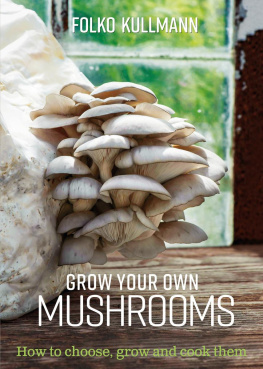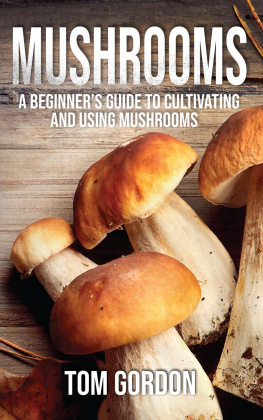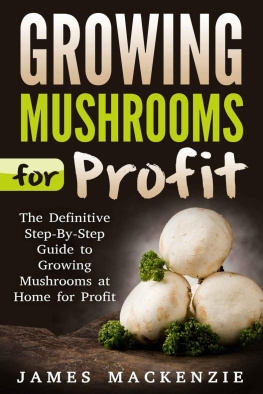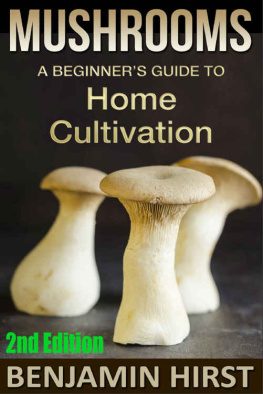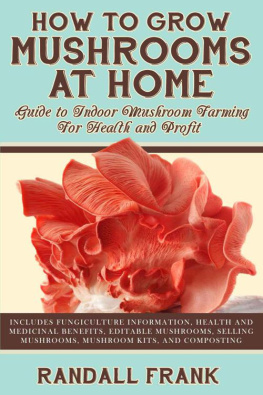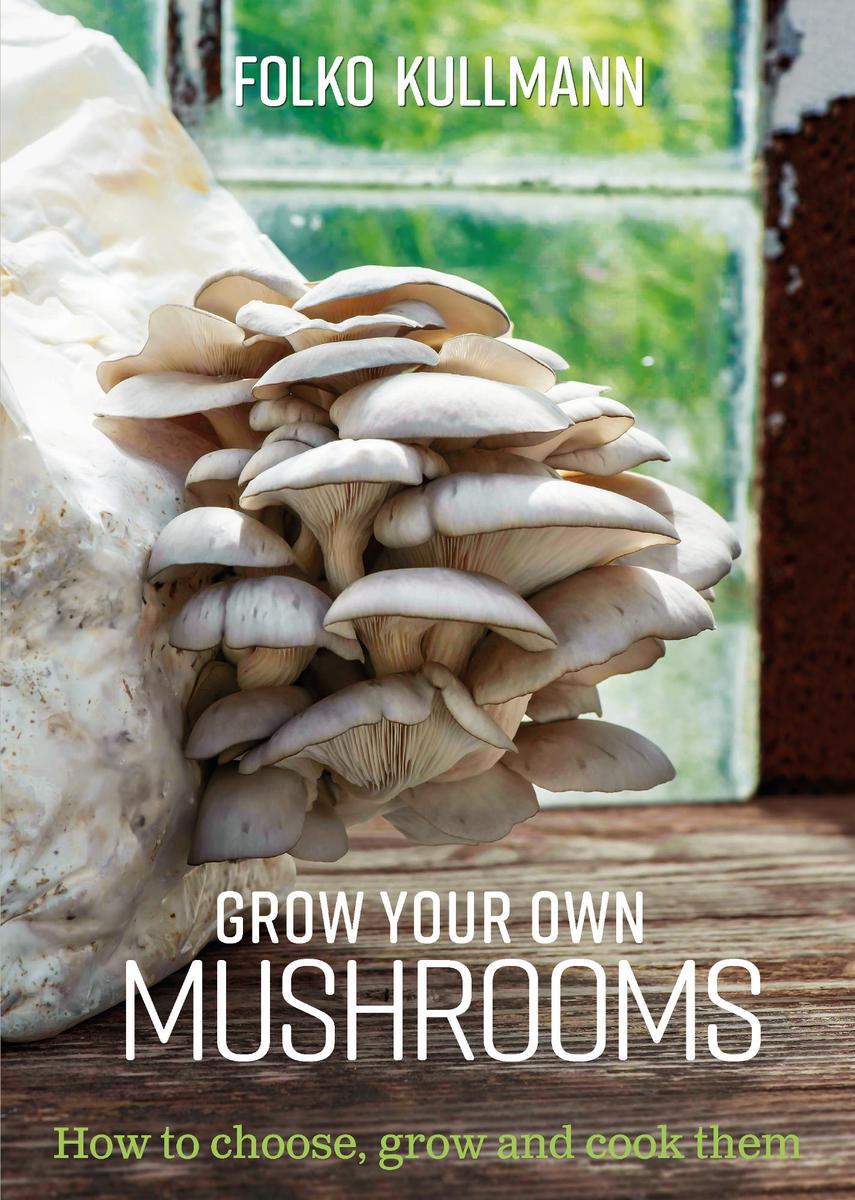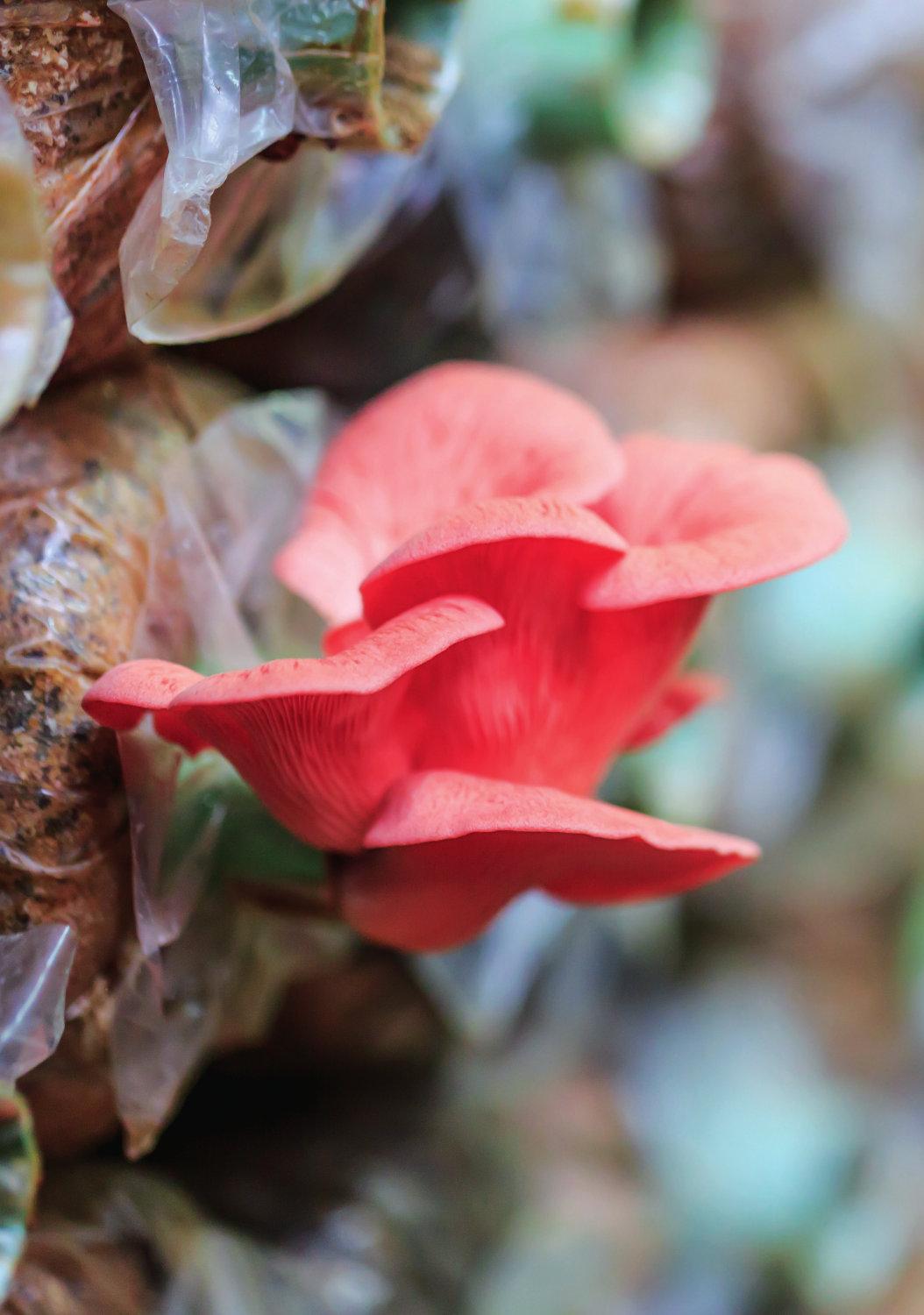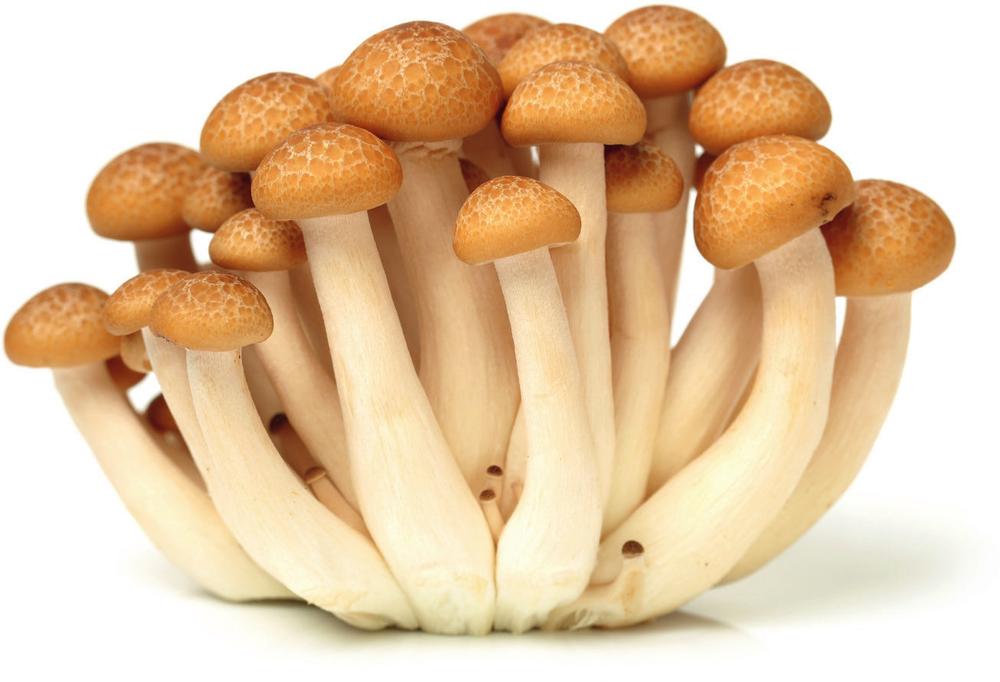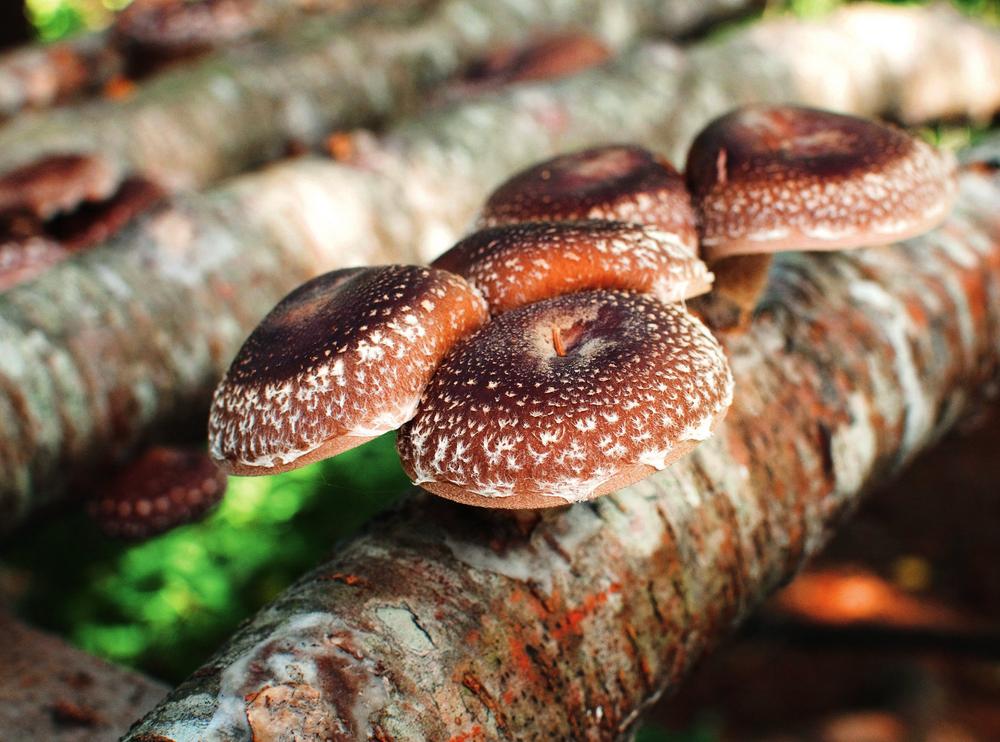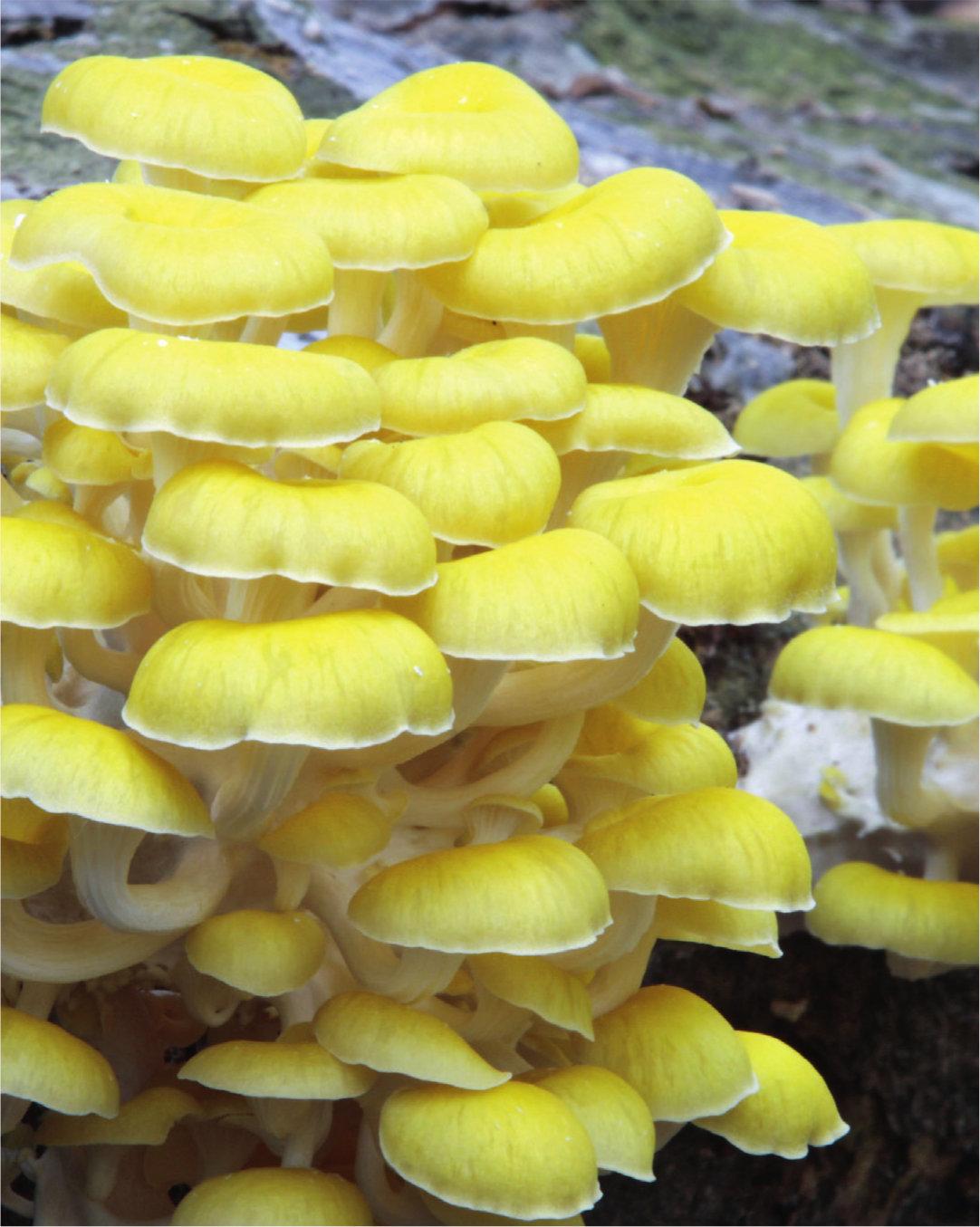Kullmann - Grow Your Own Mushrooms: How to Choose, Grow and Cook Them: 1
Here you can read online Kullmann - Grow Your Own Mushrooms: How to Choose, Grow and Cook Them: 1 full text of the book (entire story) in english for free. Download pdf and epub, get meaning, cover and reviews about this ebook. year: 2021, publisher: Green Books, genre: Children. Description of the work, (preface) as well as reviews are available. Best literature library LitArk.com created for fans of good reading and offers a wide selection of genres:
Romance novel
Science fiction
Adventure
Detective
Science
History
Home and family
Prose
Art
Politics
Computer
Non-fiction
Religion
Business
Children
Humor
Choose a favorite category and find really read worthwhile books. Enjoy immersion in the world of imagination, feel the emotions of the characters or learn something new for yourself, make an fascinating discovery.
Grow Your Own Mushrooms: How to Choose, Grow and Cook Them: 1: summary, description and annotation
We offer to read an annotation, description, summary or preface (depends on what the author of the book "Grow Your Own Mushrooms: How to Choose, Grow and Cook Them: 1" wrote himself). If you haven't found the necessary information about the book — write in the comments, we will try to find it.
Grow Your Own Mushrooms includes a 12-month plan and a list of the best mushrooms to grow at home. In the garden, mushrooms thrive in areas too shady for vegetables, fruits, and herbs. Whether you grow them on logs, straw bales, or ready-mixed growing media, with the right care you re sure of a rich crop of delicious and unusual mushrooms.
Mushrooms are completely at home on balconies, where you can grow them in the shade in pots or containers and many are in their element indoors in the kitchen or bathroom, on a windowsill, in a dark corner, or in the basement. Best of all, indoors you can grow them all year round!
Growing your own mushrooms is fun and can give you a great harvest. These mushrooms, described in detail in the book, are ideal for beginners, as they are low-maintenance, grow quickly and are suitable for cooking in a variety of ways:
- Shiitake has great taste and is packed with nutritional value. It grows on wood or special growing media, indoors or out.
- Oyster mushrooms come in such a wide variety, some fruiting in spring and autumn, some in summer, so you can have fresh, delicious mushrooms almost all year round.
- King oyster mushrooms taste very similar to porcini, and form their first fruiting bodies in just a few weeks, so perfect for an impatient beginner.
- Sheathed Woodtuft mushrooms grow quickly and almost anywhere and are so easy to dry, they are perfect for the storecupboard.
- Wine cap mushrooms are tasty mushrooms that fruit twice a year.
And, while mushrooms are versatile in your kitchen, this book also shows how easy they are to preserve, so if you have too many, you don t have to use them right away.
Kullmann: author's other books
Who wrote Grow Your Own Mushrooms: How to Choose, Grow and Cook Them: 1? Find out the surname, the name of the author of the book and a list of all author's works by series.

